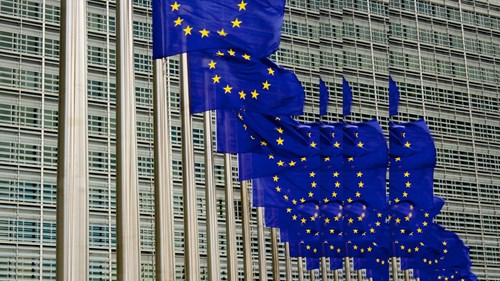State aid law – Securing competitiveness, shaping the future
Competition Outlook 2025
The current trends in State aid law are still being shaped by the global competitiveness of the European Union. Recent discussions have focused on increased and targeted investments in strategic sectors, as well as reforms and simplifications of EU State aid law.
In April 2024, the former Italian prime minister Enrico Letta published a report on the future of the EU single market on behalf of the Council of the EU. In it, he proposed, among other things, a stricter implementation of EU State aid law and an increase of investments at EU level in order to promote innovation in the industry in a targeted manner and avoid fragmentation of the EU single market. Instead of further extending temporary frameworks under State aid law to overcome crises, the EU should make innovative concepts into permanent fixtures, he said.
In September, Mario Draghi, the former President of the European Central Bank, published a report on the future of European competitiveness on behalf of the European Commission, in which he cited effective State aid policy as a key means to overcome current challenges. In particular, Draghi singled out the energy sector, the semiconductor industry, digitalisation and artificial intelligence. Through harmonised rules, faster procedures, a reform of the so-called Important Projects of Common European Interest (“IPCEI”) and more projects at European level, Draghi wishes to strengthen the EU’s competitiveness and promote sustainable industries with investments worth hundreds of billions of euros each year.
The EU made further progress in green tech in 2024, with two further IPCEIs launched to promote hydrogen technologies. In addition, further major State aid schemes for the transformation to a net-zero economy were approved under the Temporary Crisis Management and Transition Framework (TCTF), for example EUR 1.2 billion in State aid to promote electricity storage facilities in Poland. In addition, an Austrian State aid scheme worth EUR 2.7 billion was approved for projects for the reduction of greenhouse gas emissions stemming directly from industrial installations in accordance with the Guidelines on State aid for climate, environmental protection and energy (CEEAG). Large amounts of aid were also approved in the area of digital transformation, such as EUR 5 billion for an ESMC semiconductor factory in Dresden, Germany, and EUR 2 billion for an STMicroelectronics semiconductor factory in Catania, Italy.
The newly appointed European Commission is taking Letta's and Draghi’s proposals to intensify strategic investments seriously. According to statements by new Commissioners, public investment could be increased via existing EU programmes and the establishment of a new “EU Competitiveness Fund”. Reforms to State aid law appear to be firmly on the agenda.
Whether the European Commission can achieve its ambitious goals through the measures already announced in times of geopolitical upheaval and growing nationalist tendencies remains to be seen. However, it is clear that large amounts of funding will play a central role and that EU State aid law will therefore continue to be key to Europe’s future viability.
This article is part of the Competition Outlook 2025. You can find all Competition Outlook articles here.










